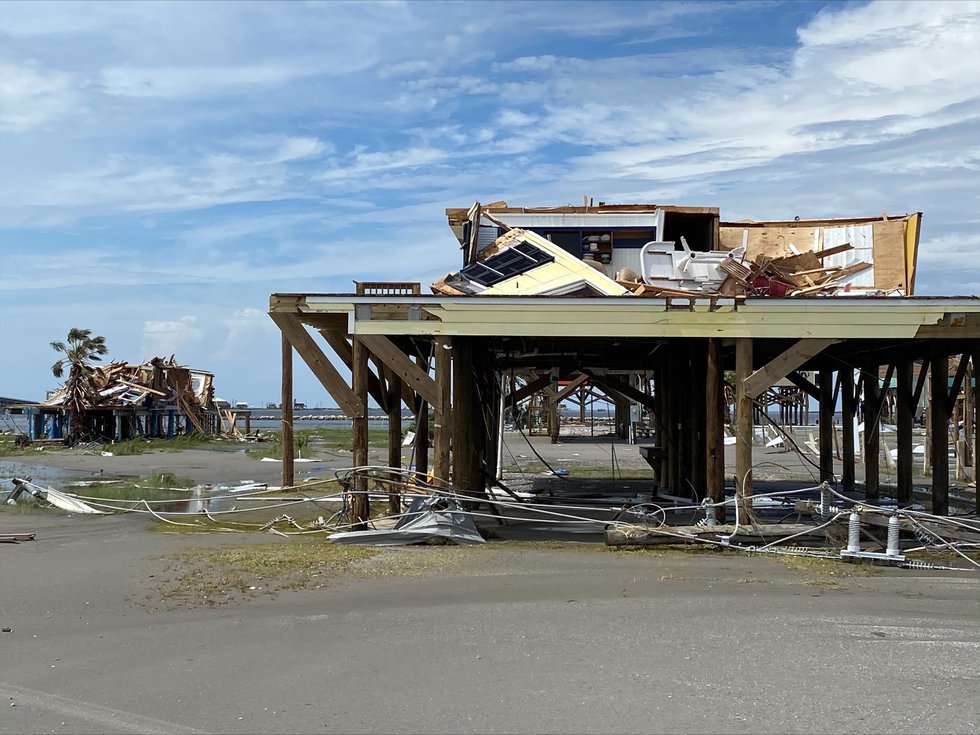
Blake Paterson writing for Times-Picayune|Advocate reports a building boom in Grand Isle despite the recent devastation wrought by Hurricane Ida.
But against expectations, the island is experiencing a boom in new construction, thanks in part to wealthy out-of-towners who can manage the expenses associated with living on the front line of storms made more intense by climate change.
Grand Isle sees post-Hurricane Ida building boom, but will working class be priced out?
It comes as no surprise that there’s a catch: the recovery is uneven. Who gets left out?
The real estate market has been less kind to working-class islanders, who keep the community’s restaurants, gas stations and grocery stores running. With a shortage of affordable housing, many have fled the island for good.
“A lot of the poor people got washed away with Ida,” said Chuck LeBlanc, a real estate agent who works part-time at Hurricane Hole. “The blue-collar parts of Grand Isle are shrinking, while the wealthy areas are growing.”
This is a clear example of how the adverse impacts of climate change disproportionately affect the most vulnerable members of our society. This is, in fact, one of the key reasons why the Greater New Orleans Interfaith Climate Coalition was founded — a bedrock principle. At our founding kickoff prayer brunch in March 2020, we asked those in attendance to take the Interfaith Climate Pledge, adapted from the St. Francis Pledge. It includes as a key precept “advocating on behalf of people in poverty who face the harshest impacts of global climate change” and recognizes our duty to “to protect the poor and vulnerable.”
We’re working to update the Interfaith Climate Pledge to make it more inclusive, and we plan to use it as a way of galvanizing local faith communities to deepen their commitment to climate action. Please join us!


